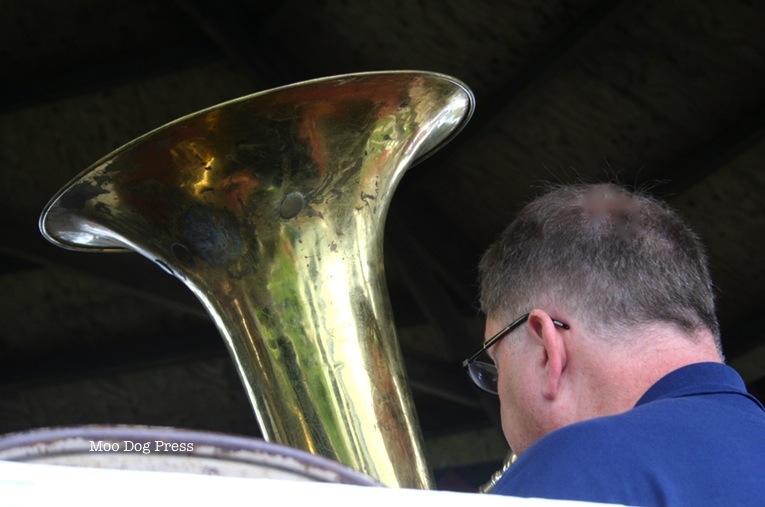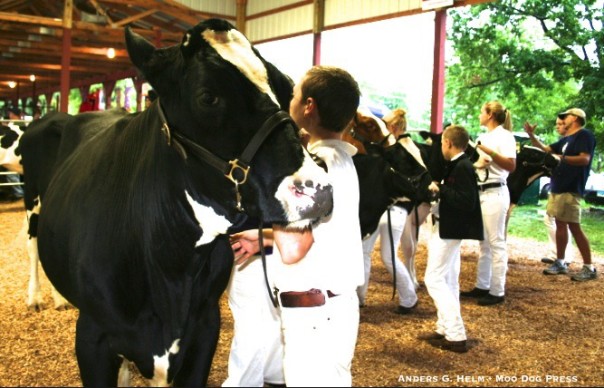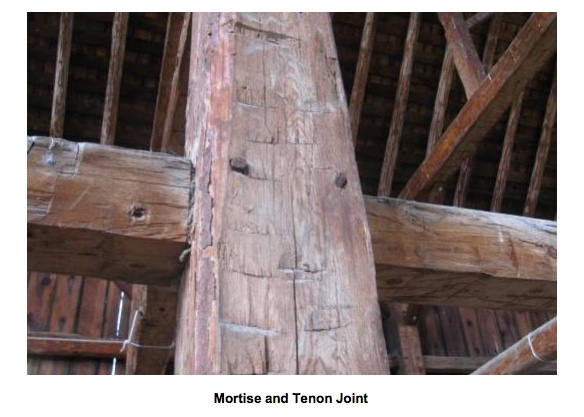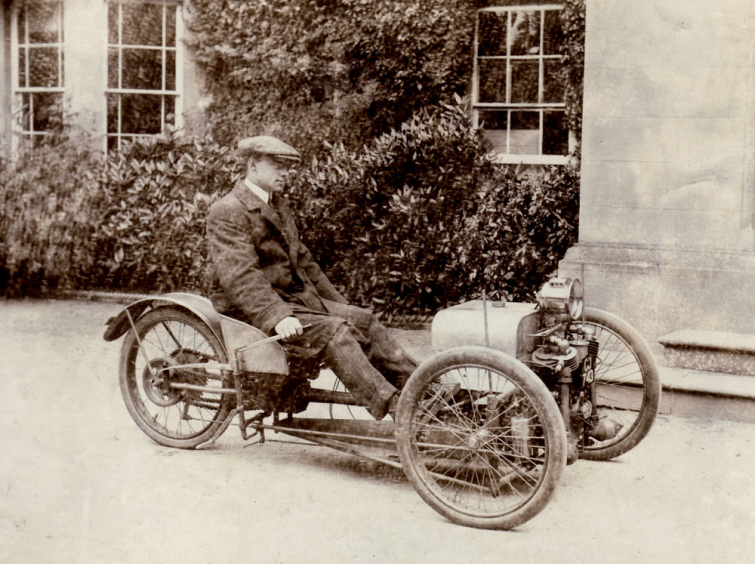Labor Day: Music, Pie, Sky, Fritters, Fun (And Lime Rock Park Historic Festival)
“Far and away the best prize that life has to offer is the chance to work hard at work worth doing.”
― Teddy Roosevelt
Labor Day weekend, the close of summer and ushering in of early autumn, Indian summer.
Contests. Pie eating, apple fritters, hay bale toss and throwing skillets. Frozen T-shirts, french fries. Music, truck pulls, Holsteins, horses. Where else but at a fair? Goshen Fair, “always” Labor Day weekend.
One such competition is the Apple Fritter Eating Contest, Monday, Sept. 2, 2 p.m., open to everyone with no registration fee. The event will take place at the children’s stage near Antique Barn. Contestants will be divided by age into four categories. Registration will be limited to 20 participants per session. First come, first entered. Contestants must be entered by 1:45 p.m. An entry form must be signed by a parent for all participants under 18 years of age giving their consent for their child to participate. Likewise, an entry form must be signed by all participants 18 and over giving their consent to participate.
Rules, from the official fair premium booklet and guide: No hands can be used. “The first person to finish his/her apple fritters and stand up will be declared the winner!” Grounds for disqualification: Starting prior to the start signal. Visible signs of sickness. Classes Ages 2-6 years: One fritter. Ages 7-12: Two fritters. Ages 13-17: Two fritters. Ages 18 and up: Three fritters. Prizes per class: First prize, Goshen Fair ribbon and ride tickets. Second, Goshen Fair ribbon. Third, Goshen Fair ribbon.
Many other contests to participate in or just observe the fun. Consult the online official PDF booklet (page 88, special contests) for Goshen Agricultural Fair.

Fairs are a showcase of agriculture, entertainment, community, culture. There is an educational aspect as well since many will never see livestock except at a fair.
The annual Woodstock Fair is not the music festival, but this year offered a special musical competition as a nod to the 50th year since the 1969 happening in upstate New York, as Connecticut Governor Ned Lamont had the idea for a Connecticut’s Woodstock Tribute Concert.
Note: This story has been updated Aug. 30; more about the music fest linked here.
Woodstock Fair, continues Monday, Sept. 2, which is Labor Day. Special contests here include golf cart karaoke, donut-eating, “Little Dashers” race, diaper dash, flapjack toss, blueberry pie and (adults) pizza eating competitions, more.
Don't miss the birthing center or the Brunn Barn – originally constructed in 1822. From the barn history: “A key design feature used on barns in New England (as compared to barns in England from where many of our early famers came) was the use of a sliding entry/exit door on the gable ends with a center corridor running the length of the barn. This allowed farmers to access and service all areas of the barn. This configuration also lends itself to easy expansion as you will see on many barns throughout New England.
Another key features of barns built in the 1800s was the use of a cupola. You can see this structure on the roof of the Brunn Barn. It provides ventilation for the barn. Prior to that time, barns were built to be weather tight.
“Unfortunately, and particularly in the winter when the animals would spend most of their time in the barn, condensation, heat, and gases from the inside of the barn would remain trapped due to the lack of fresh air from outside the barn. This caused moisture to collect under the cold roof boards from which it would drip on hay and anything else in the barn. This created an atmosphere in the barn of musty air and the potential for mold and wood rot. The cupola solved this. It provided the ventilation necessary to keep the barn air fresh and condensation to a minimum.”
Haddam Neck Fair, Haddam Neck, continues Monday, Sept. 2. A family favorite. The origin of the fair can be attributed to the Haddam Neck Grange No. 177, which was organized in 1909. The horse, pony, ox pulls always draw crowds, but there is plenty to see from sheep and rabbits, pigs and chickens. Good food, midway, crafts, vendors, local groups, nonprofits. Fairly flat and level for strollers and all ages.
Labor Day, a federal holiday in the U.S. is for workers – “a day of rest and it celebrates their contribution to the American economy.” Originally organized to celebrate strengths of and contributions to the U.S. economy by labor unions, according to TimeandDate.com, an interesting site by a company based in Norway. All sorts of useful information and facts about, yes – time and dates.
For an event with a different flavor, head for the Historic Festival at Lime Rock Park, Lakeville, Connecticut. Full day of racing on Monday, Sept. 2. Admission fee (not cheap, information linked here) but children (16 and under) with accompanying adult and military/active/retired/veteran, get in free. (Please bring proof of service to ticketing booths upon arrival. General outfield parking and courtesy shuttle rides are free. More information at limerock.com. Yes, there will be racing if it rains.
Historic Festival Chairman Murray Smith – Sunday In The Park https://t.co/XAyzWgJlTN via @YouTube
— Lime Rock Park / #HistoricFest37 (@limerockpark) September 1, 2019
New this year includes: Luigi Chinetti Junior, a name synonymous with Ferrari, takes the position of Historic Festival's Honored Guest. The Italian-made motorcycles of Gregory Rathe, the festival's honored motorcycle collector. The Racing Entry List is available online; linked here.
Also of note: Special tribute to the 110th year of the Morgan Motor Company, which continues to provide a fitting antidote to mass-produced automotive manufacturing, bringing with it “an exceptional mix of traditional craftsmanship and appropriate modern technology.”
Excerpt from the official site:
The company was established in 1909 by H.F.S Morgan with the design of the now iconic Morgan Three-Wheeler. This was followed in 1936 by the Morgan 4-4, which continues to be produced today, and is the longest running production car in the world.
The authenticity of Morgan, one of Britain’s longest established motor manufacturers, has remained unchanged for over 110 years: from design and engineering, to craft and manufacturing, through to sales and tailoring, every Morgan is designed and built to be as individual as its owner.
Each is hand crafted using three core elements: ash, aluminum and leather.
Now in their fourth generation, the Morgan family continue to act as stewards for the brand, upholding the values of the company and ensuring their family legacy lives on with each new Morgan produced. The Morgan family retain a shareholding of the company, alongside majority shareholders Investindustrial, who announced in 2019 that they would be investing heavily in the company and its long-term future building cars in Britain.
As part of Investindustrial’s investment into the Morgan Motor Company, the management team and staff were rewarded with shares in the business.
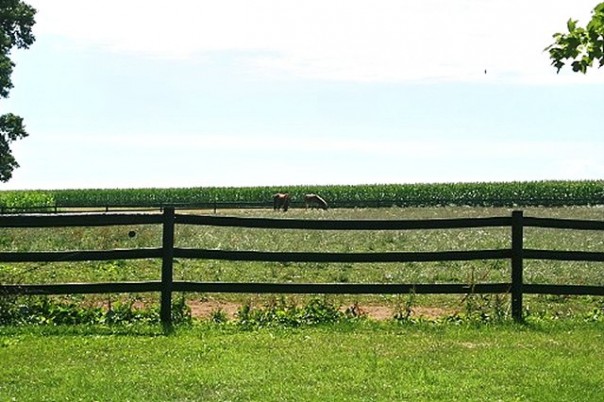
Lime Rock is located in Litchfield County. Main spectator entrance is 60 White Hollow Rd. Follow the track conditions and event updates via Twitter.

